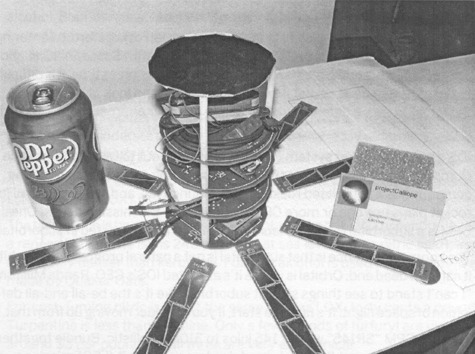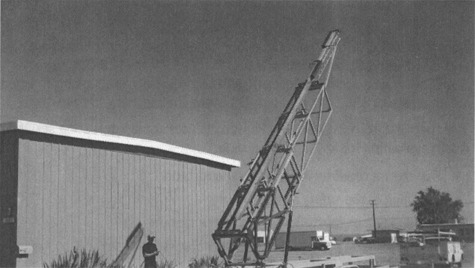DIY Satellite Platforms

Homemade space satellites
You can send a do-it-yourself satellite into space, one that piggybacks on a commercial rocket. This pico-satellite must conform to a set of dimensions about the size of a soda can. The minimum price of a launch is $12,000 and dropping. All the other rules, constraints, and questions you’ll need to build are covered in this very basic intro. Author Sandy Antunes is writing a master guide one small booklet at a time so check out his other titles in this series.
11/9/12Excerpt
*
First: where will your picosatellite go? It’s nearly a given that your picosatellite will go to low earth orbit (LEO), a broad band ranging from about 150km up to perhaps 600km.
Above the ionosphere, the space environment can be hostile because of solar activity. Below it, the radiation risks are much lower. This is why the ISS is kept in LEO. LEO is, at heart, about as safe as space can get. It’s also where your picosatellite is likely to live.
Your orbit is entirely determined by what your rocket provider has sold you. At the hobbyist level, you’re going to most likely get a standard 250km or so nearly circular orbit, either equatorial or polar. Such an orbit lasts (because of drag by the tenuous ionosphere) from 3 to 16 weeks before the satellite will suffer a fiery reentry.
At picosatellite masses, this means your satellite will go up and not return. You have less than three months to gather data. The picosatellite will then, essentially, vaporize neatly upon reentry (no space junk risk!)
*
Let’s close with the idea of flight spares. The idea here is twofold. First, it is good to have a second satellite ready in case a mishap occurs to the first. Mishaps can range from rocket blew up all the way down to a mundane dropped it while carrying it to the truck.
Conceptually and more important, you want to build two or three satellites simultaneously for two reasons. First, you may make a construction mistake with one. Having a spare means you can continue to work without having to wait for new parts or fabrication.
Second, you will build one better than the other. Statistically, one of your builds will have better performance than the other. This better one is the one you will fly. By creating multiple builds, you give yourself and your skills a chance to practice, hone, and ultimately create a better picosatellite.
So build two and fly the one that does best in tests.
*
The lowest fixed-price offering out there is InterOrbital Systems offering 1kg TubeSat launches for $8,000 (including a TubeSat kit) or a 1kg 1U CubeSat launch for $12,500. The company is still building toward its first launch, however.
DIY Satellite Platforms Sandy Antunes $8 2012, 86 pages











